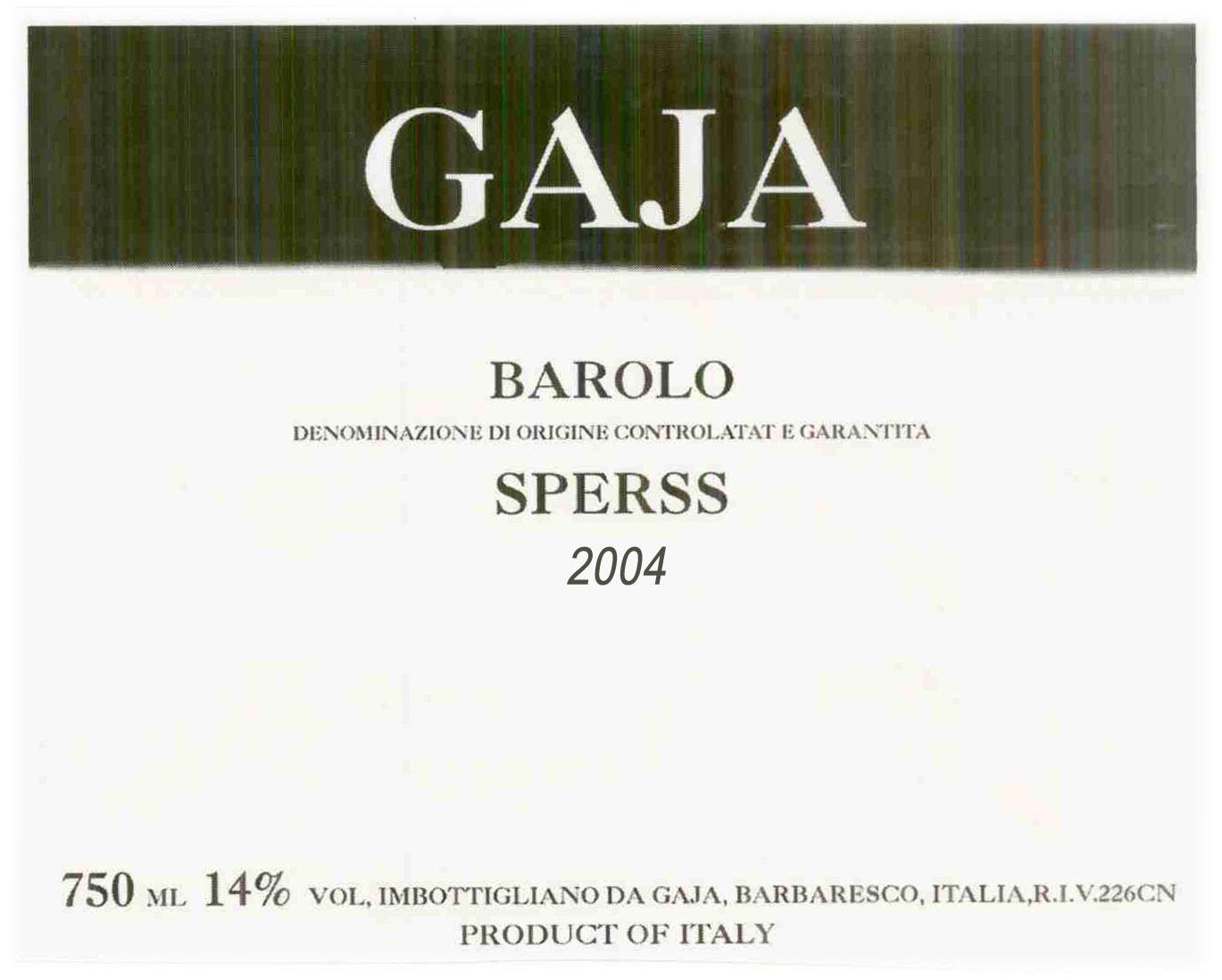2004 Barolo Nebbiolo
Gaja Sperss from the renowned Barolo region is a captivating expression of Nebbiolo, showcasing the varietal's hallmark characteristics in a truly exceptional vintage. This wine is full-bodied, enveloping the palate with its rich and complex flavors, while its high acidity brings a brightness that is both refreshing and elegant. The tannins are notably structured, providing a firm backbone that enhances its age-worthiness and depth. With prominent fruit intensity, Gaja Sperss offers ripe black cherry and dark plum notes interwoven with earthy undertones and subtle hints of floral and spice, reflecting the unique terroir of Barolo. This wine is decidedly dry, allowing the intricate flavors to shine through without being overshadowed, making it an outstanding choice for those who appreciate the finesse and artistry of Italian winemaking.
Gaja Sperss from the renowned Barolo region is a captivating expression of Nebbiolo, showcasing the varietal's hallmark characteristics in a truly exceptional vintage. This wine is full-bodied, enveloping the palate with its rich and complex flavors, while its high acidity brings a brightness that is both refreshing and elegant. The tannins are notably structured, providing a firm backbone that enhances its age-worthiness and depth. With prominent fruit intensity, Gaja Sperss offers ripe black cherry and dark plum notes interwoven with earthy undertones and subtle hints of floral and spice, reflecting the unique terroir of Barolo. This wine is decidedly dry, allowing the intricate flavors to shine through without being overshadowed, making it an outstanding choice for those who appreciate the finesse and artistry of Italian winemaking.




